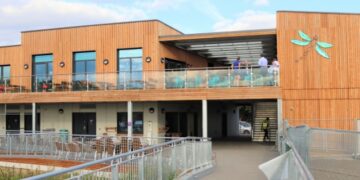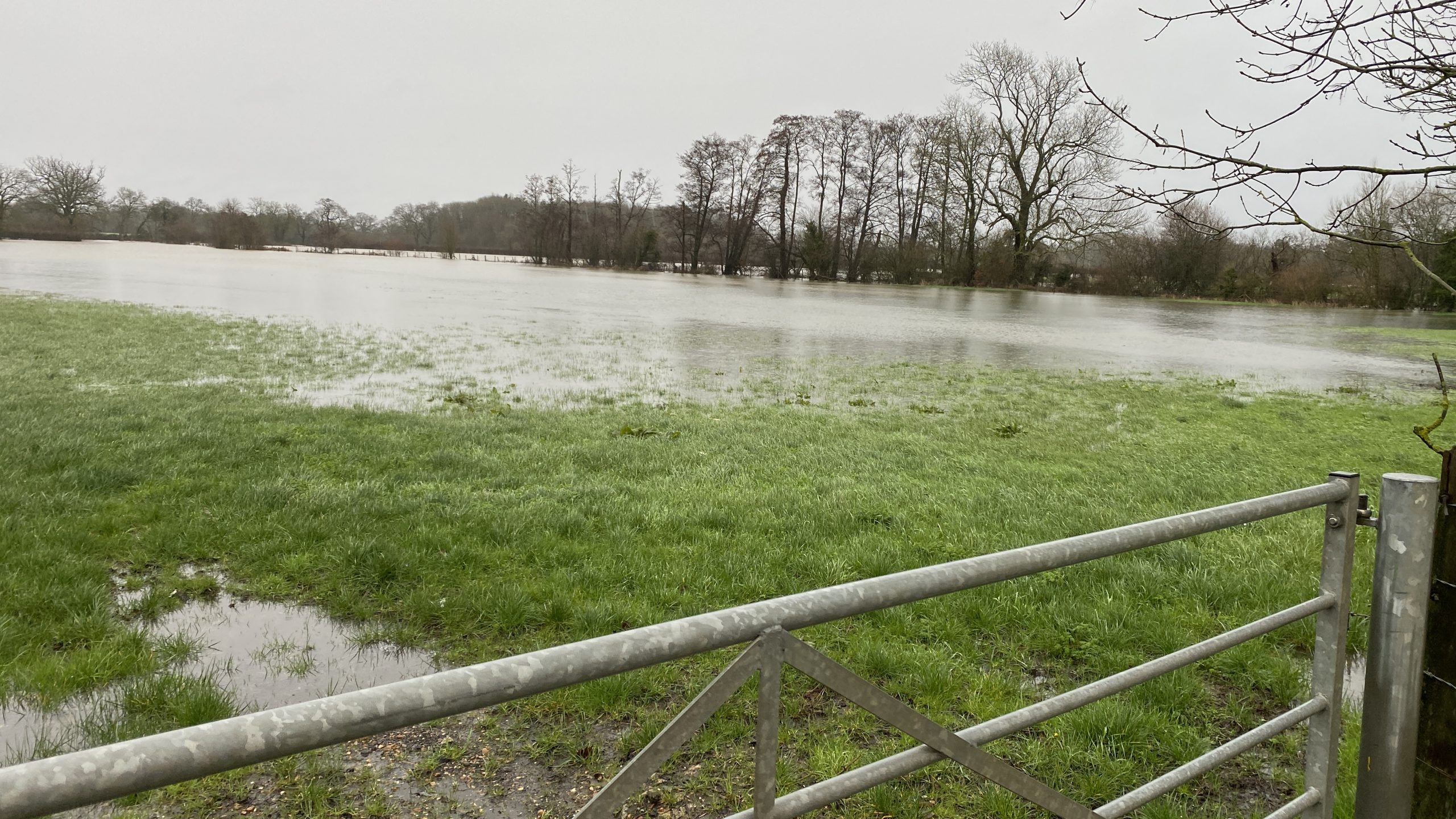IN THE aftermath of Storm Ciara and Storm Dennis, Wokingham.Today investigates flood management in the borough.
Back in 2009, the Loddon Valley Residents Association (LVRA) was set up as a means to identify flooding issues and begin to find solutions.
The group began with a 150-person meeting, and now consults with Wokingham Borough Council and national government to advise on flood risk.

The Environment Agency has used the association as a case study to improve national responses to flooding.
In it, chair of the Loddon Valley Residents Association, Phiala Mehring explained the group’s work in the case study.
She said: “LVRA started out as a group of residents determined to protect their properties.
“We are fortunate that there are not many properties in the area which flood. However, year-on-year we saw the waters encroaching on our homes.
“Those that had flooded felt that nothing was being done to mitigate future events. The partnership was set up to effectively project manage flood mitigation in the borough.
“LVRA was set up by residents in Woodley, Winnersh, Earley and Lower Earley.”
At the time, only a handful of properties in Earley, Winnersh and Woodley have suffered internal flooding.
“A lot of the work that the flood partnership does is proactive,” explained Ms Mehring.
“For example, preventing additional homes from being flooded.
“In April 2009, we managed the first flood partnership meeting at our local council offices. We invited Wokingham Borough Council (WBC), Earley Town Council, the Environment Agency, Thames Water and the National Flood Forum.
“We now hold these partnership meetings every eight to 10 weeks with a very clear objective — to project manage flood mitigation. What started as a local affair has quickly developed to include much of the borough.”

Partnership aims
Ms Mehring explained that the partnership has two aims; managing, chairing and developing the partnership, and sharing the wealth of local knowledge that residents have regarding flooding.
“We also host annual flood surgeries which enable residents to ask questions directly to the Environment Agency, Thames Water, the National Flood Forum, Earley Town Council and Wokingham Borough Council,” she added.
“We are now involved in many areas of the council’s work — from forming policy through to building relationships with developers to ensure that new developments do not increase flood risk, particularly in regard to pluvial flooding.
“But the real benefits from the partnership come from getting all the interested parties in flood management and mitigation sitting down regularly around a table.
“What could take months to solve via email or phone can be resolved fairly quickly just by having the right people talking to each other.
“And the transfer of information not only fast tracks solutions, but ensures that all interested parties have all relevant information at their fingertips.”
Involvement with the Borough Council
The borough council supports community-led collaborations such as the Loddon Valley Residents Association, as they provide more detailed, local knowledge.
Cllr Michael Firmager, deputy executive member for environment, said: “Proactive community-led organisations, such as the Loddon Valley Residents Association, are a fantastic way for the council to collaborate with the people who matter most, our residents.
“This guarantees residents have the support they need in extreme weather by assisting with preparations for, and during, flooding.

“Through these groups, our residents are able to provide local knowledge to help us to reduce flood risk, better inform decisions which shape our strategies and prioritise when we are reacting in emergencies.
“We are always open to working with parishes and residents on community flood plans or training community flood wardens.
“Having these relationships ensures the council is as well informed as possible and guarantees we are offering the right support to our residents.
“Wokingham Borough Council also works alongside the Environment Agency, parish councils, Thames Water and partnerships across the Thames Valley to prepare for and manage flooding.”











































